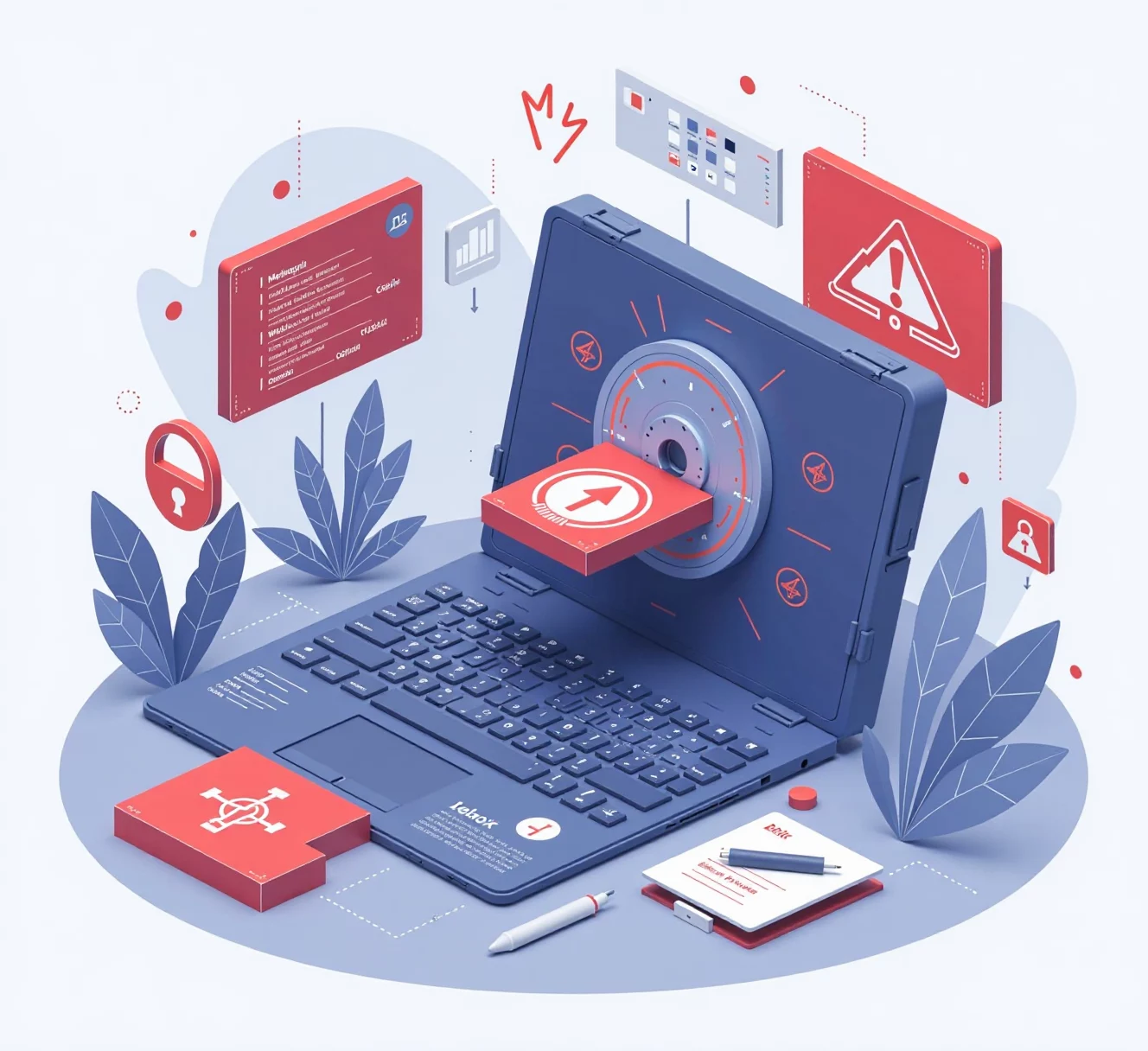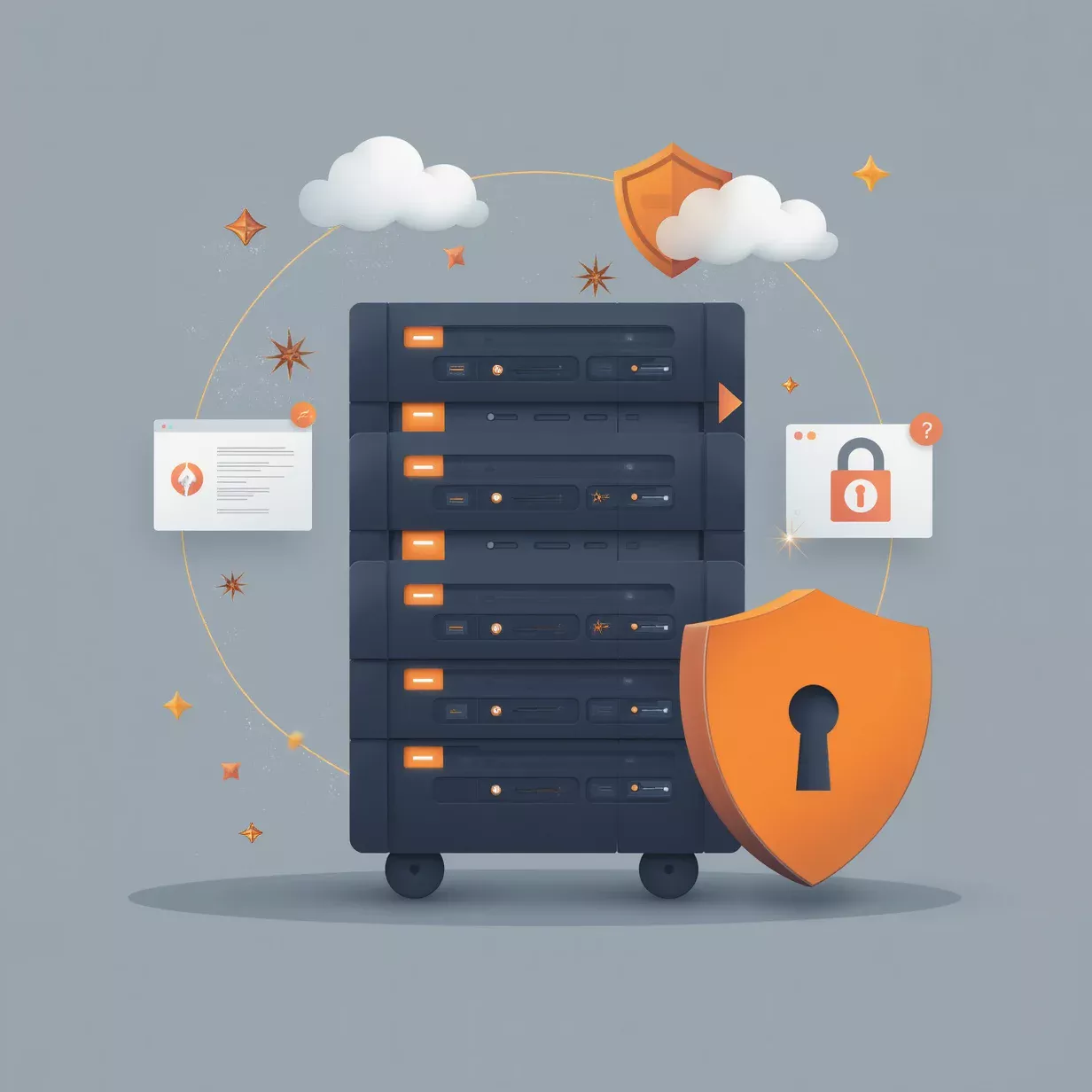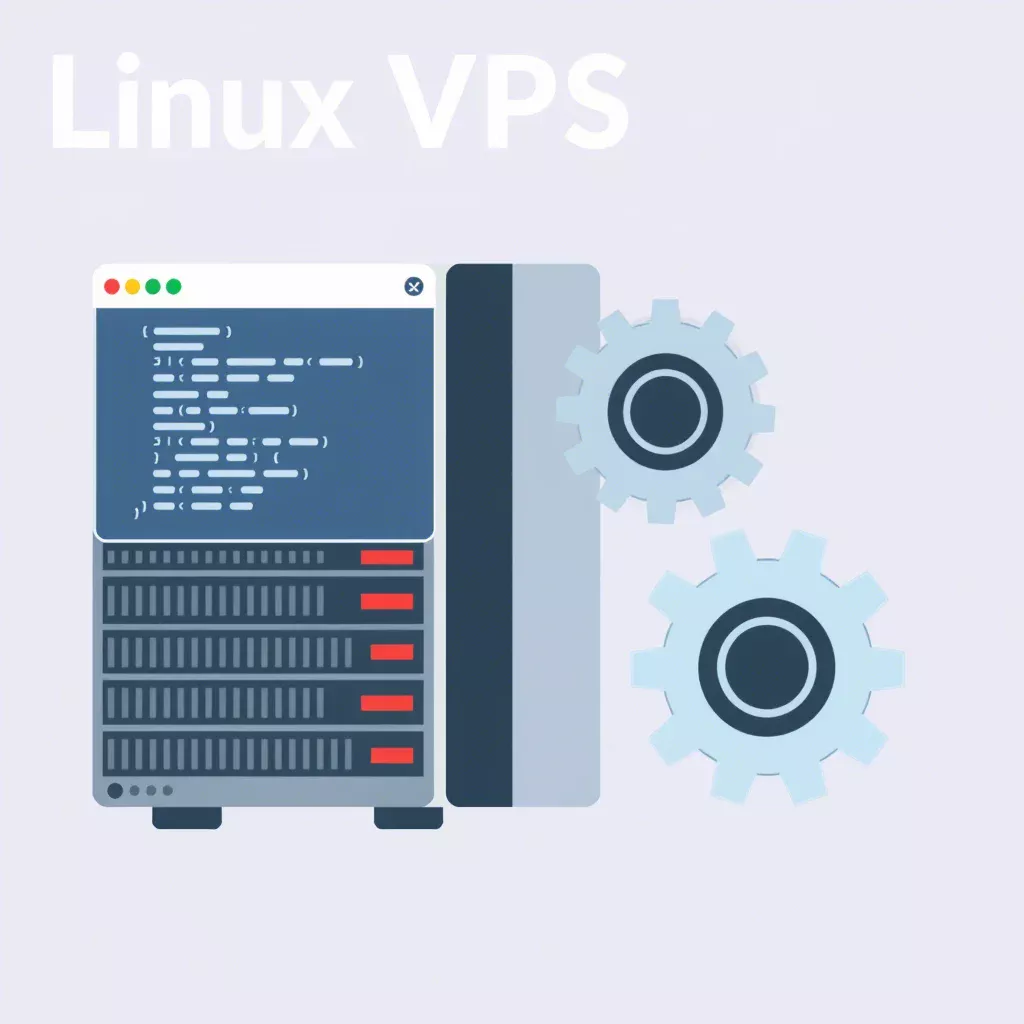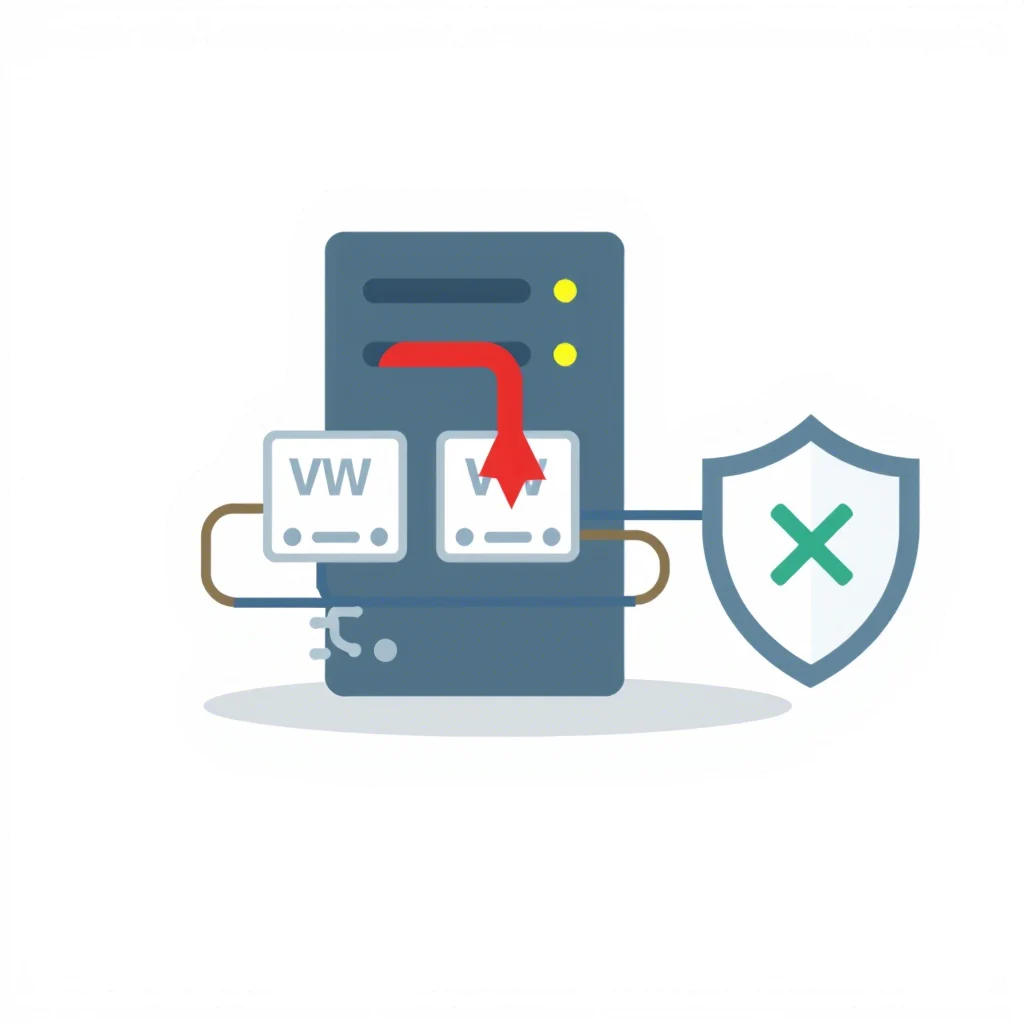
PSAUX Ransomware Targets CyberPanel Servers: How to Protect Your Systems
A critical vulnerability in CyberPanel, a popular web hosting control panel, left thousands of servers open to exploitation by ransomware attackers. This attack, known as PSAUX ransomware, took advantage of unpatched CyberPanel instances, executing command injections to gain unauthorized access to server environments. Here, we’ll explore the nature of this vulnerability, how PSAUX ransomware operates, and steps you can take to safeguard your servers.
Overview of the Vulnerability
CyberPanel’s affected versions, 2.3.6 and certain 2.3.7 builds, harbor command injection vulnerabilities (CVE-2024-51378 and CVE-2024-51567) that allow attackers to bypass login requirements, remotely accessing server functions without authorization. These weaknesses left a significant number of servers exposed, enabling ransomware operators to deploy PSAUX quickly across multiple targets.
Exploitation of Vulnerable CyberPanel Servers
The attack capitalizes on an unauthenticated command injection, giving attackers near-complete control over compromised servers. Once inside, PSAUX ransomware encrypts files, locking users out of critical data until a ransom is paid. Notably, PSAUX ransomware’s speed and efficiency were evident, impacting over 20,000 servers according to scans by LeakIX.
How PSAUX Ransomware Works
Upon exploiting the vulnerabilities, PSAUX ransomware begins encrypting data, disrupting server operations. Affected users are shown ransom demands, urging them to pay for file decryption. However, experts strongly discourage paying ransoms, as it encourages continued attacks and may not guarantee file recovery.
Decryption Tool for PSAUX
Security researchers have since developed a decryptor, allowing affected users to recover files without payment. While this tool is a vital resource for compromised servers, it’s essential to address the root cause by patching CyberPanel or considering alternative control panels.
Preventing PSAUX and Other Ransomware Attacks
To safeguard your servers, consider the following steps:
- Patch CyberPanel: Ensure your CyberPanel is updated to the latest, secure version, as newer updates often resolve known vulnerabilities.
- Restrict Access: Limit access to essential users only, and enforce secure passwords and multi-factor authentication (MFA) where possible.
- Backup Regularly: Implement regular backups on offline storage to ensure that you have a fallback option if files are compromised.
- Enable a Firewall and IDS: Configure firewalls and intrusion detection systems (IDS) to monitor for suspicious activity and unauthorized access attempts.
- Consider Switching to a More Secure Panel: For users concerned about ongoing vulnerabilities, evaluating alternative, more security-focused control panels may reduce risk.
Conclusion
The PSAUX ransomware attack is a stark reminder of the importance of timely updates, secure configurations, and proactive threat mitigation strategies. If your CyberPanel instance has been impacted by this attack, apply patches immediately and explore the available decryptor. Regularly securing your server environment can prevent similar incidents and ensure continuous, safe operations.
For more details on securing your hosting environment, visit our Web Hosting with Free SSL for reliable solutions.









